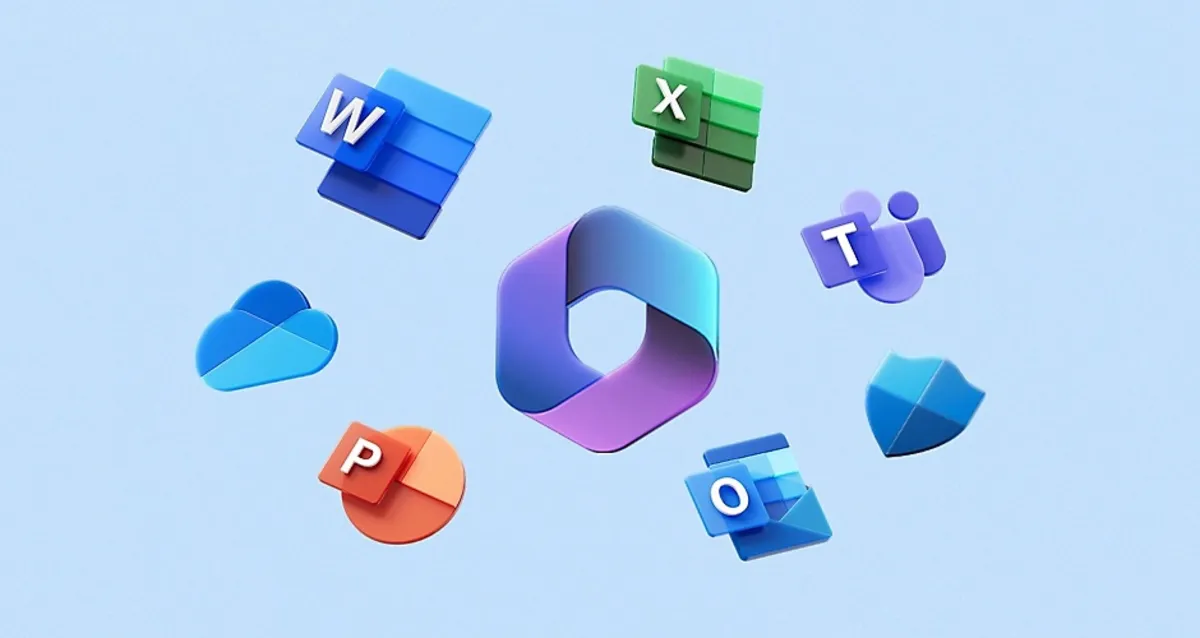
For the vast majority of users, Windows 10 will officially cease receiving security updates and other forms of official support from Microsoft on October 14, 2025. This date is significant as it marks the end of an era for many who rely on this operating system. Initially, Microsoft indicated that users of the Microsoft Office apps on Windows 10 would also lose support on the same date. This included both the continually updated Microsoft 365 versions as well as the one-time purchase versions found in Office 2021 and Office 2024.
However, recent updates from Microsoft have altered this policy, as reported by The Verge. Now, users running the Microsoft 365 apps on Windows 10 will continue to receive software updates and support until October 2028. This adjustment is designed to help users maintain their security while they transition to Windows 11.
In addition to this, Microsoft is extending similar support for Windows Defender malware definitions, ensuring that Windows 10 users will continue to receive updates through at least October 2028. This change marks a significant shift from Microsoft's previous stance where they maintained that Office apps on Windows 10 would officially be unsupported after October 14, 2025.
The perpetually licensed versions of Office will follow Microsoft’s Fixed Lifecycle Policy. This policy guarantees support and security updates for a fixed number of years after the initial release of a software product. For users of Office 2021, support extends through October 2026, while those using Office 2024 can expect support until October 2029.
It’s important to note that some Microsoft support sites still display the old end-of-support dates for Office apps on Windows 10. We have reached out to Microsoft to confirm if these sites will be updated to reflect the new timelines.
Microsoft appears to be extending the support for Office and Windows Defender to accommodate users who opt for the Extended Security Updates program for Windows 10. This program allows both individuals and institutions to continue using Windows 10 past its official end-of-support date. Businesses can purchase between one and three additional years of security updates, with fees increasing for each additional year. Individuals, on the other hand, can secure a single extra year of updates for a flat fee of $30 per PC.
For users who do not opt for the Extended Security Updates, Microsoft remains firm on both the end-of-support date for Windows 10 and the minimum system requirements for Windows 11. This means that many existing Windows 10 systems may not meet the criteria for upgrading to the newer operating system. Microsoft has dubbed 2025 as the year of the Windows 11 PC refresh, suggesting that users may need to purchase a new PC entirely.
While it is technically possible to install and run Windows 11 on older unsupported PCs, the experience may not be straightforward for non-technical users. The day-to-day operation of Windows 11 on unsupported hardware often remains indistinguishable from that on supported devices, but the installation process involves additional complexities that could deter many users from attempting the upgrade.